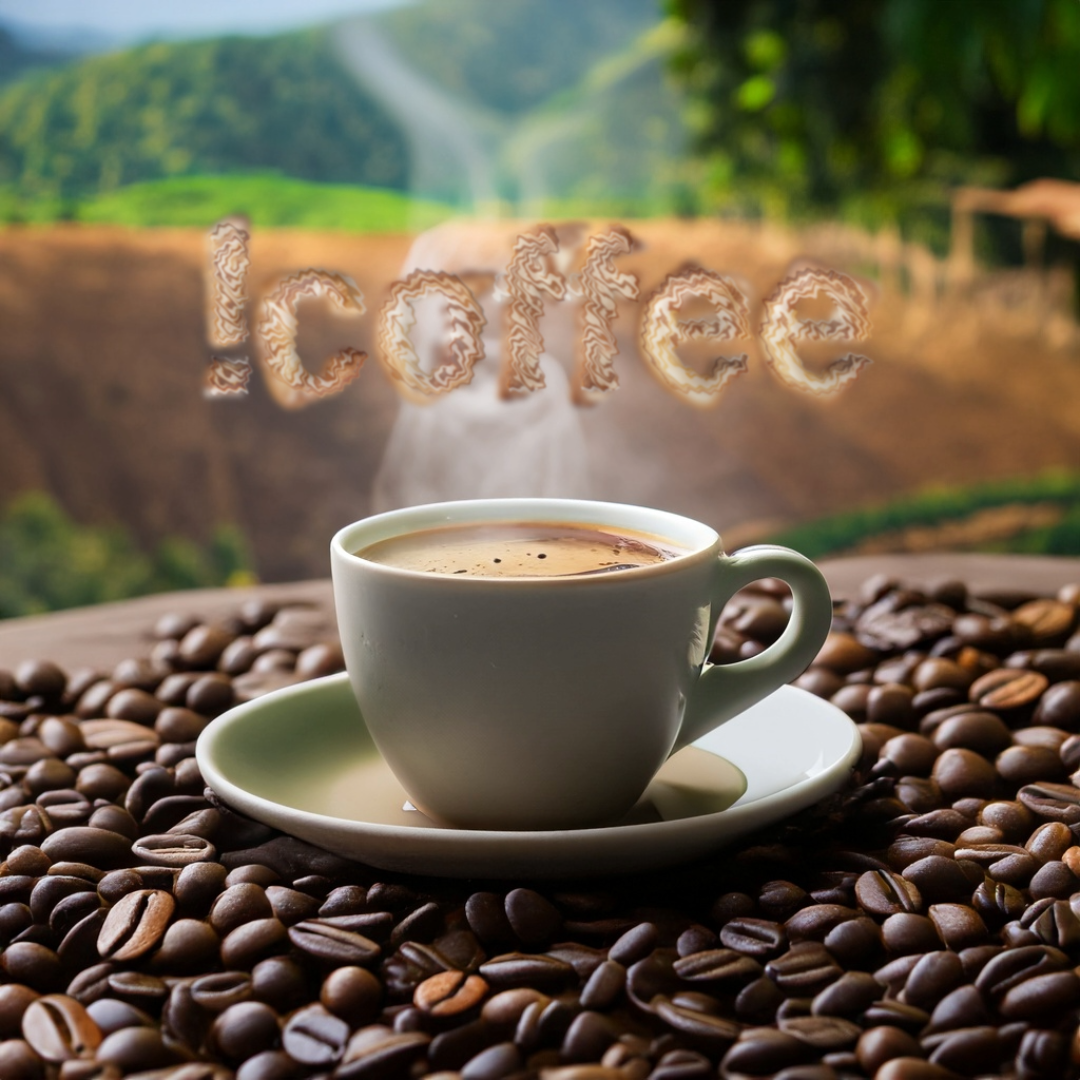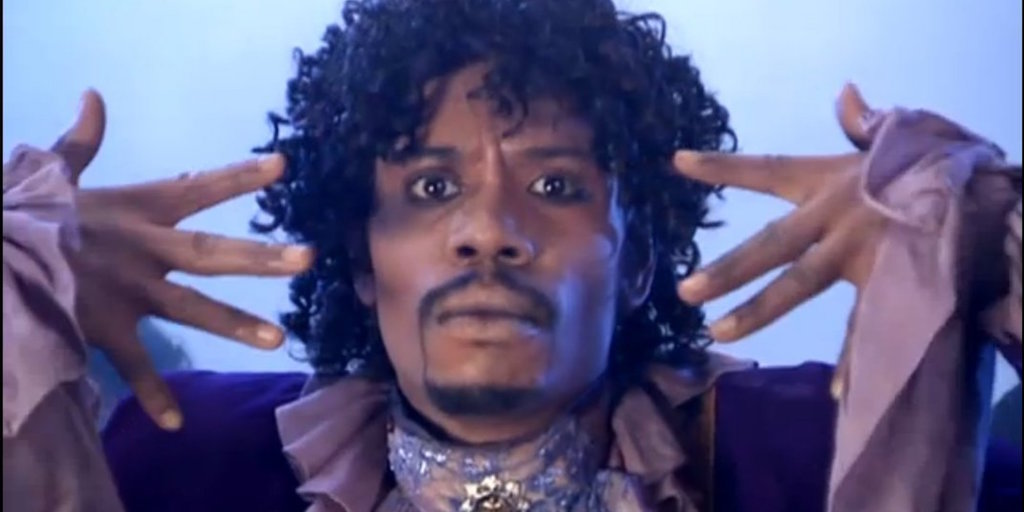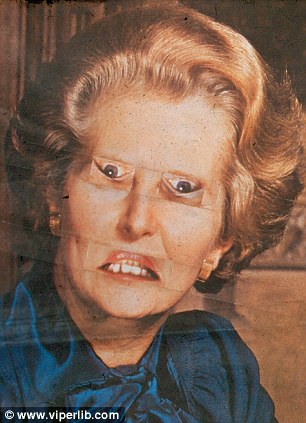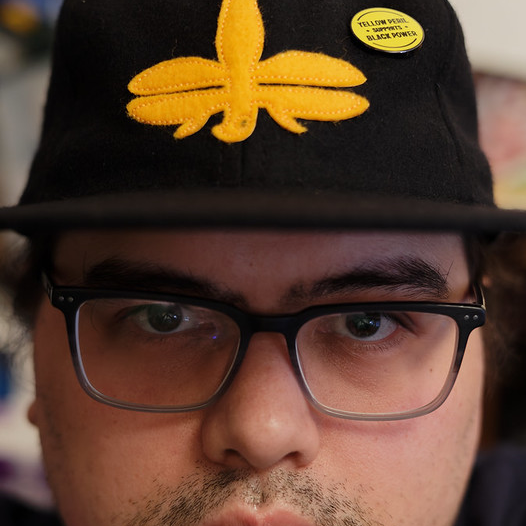Hi, this idea for a post came about after reading the other post asking people to describe their daily brew method.
I’ve been into coffee ever since I started chasing the ability to get decent coffee at home that’s strong enough so that most of the cup can be hot milk.
Cafetiere was always disappointing, the flavour always seemed to be a bit… “woody” if that makes sense? Almost like you’d expect ground coffee beans to taste like, and not the “actual extracted coffee flavour” that you’d expect.
I never bothered with any of the pourover methods because I couldn’t see how they were any good for “milk drinks”, they just seemed like different ways of making caferiere strength coffee but with more control over the brew.
I was never aware of aeropress really early on, and when I did hear about it it just looked like another way of making filter strength coffee so I steered clear of that.
Then I discovered the Moka pot which I used for years by cramming it with as much coffee as I could get into it which used to get pretty close to espresso strength but obviously not proper espresso.
Eventually we bought a Bambino Plus in lockdown and have been knocking out at least decent 2 lattes per day ever since (usually more if my wife is home)
The confusing thing for me has always been that the guys I have worked with over the years who have been really into their coffee have always used pourover or aeropress, and I’ve always been a little bit puzzled as to why they haven’t upgraded to an espresso machine yet (these people are all well paid and could definitely afford one if they wanted one, looking at the grinders they used to buy)
With all of this context in mind, what is the attraction to pourover or aeropress style coffee vs. espresso? E.g. espresso can = americano if it’s just a case of liking watered down coffee without a lot of milk, just add hot water. Please sell me on the idea of pourover or similar methods 🙂
Ask yourself a few questions:
- Do you like rituals?
- Do you have time in your day for a 7-10 minute process to make coffee?
- Do you always want a milk based coffee drink?
- Do you want to taste the more nuanced flavors of coffee or are you drinking it for another reason?
Coffee is super varied in origin, roast, and brew method. Changing one of those can dramatically change whether it’s “woody” or not. In my opinion, it’s like drinking wine. You can drink it just because it’s good and not think any further than that. Or you can get into the flavor differences between varieties, vineyards, years, etc. If you don’t want to go down that rabbit hole, stop now and do not think about it again. 😆
If you’re mixing lots of milk with coffee (a latte or just filter coffee with lots of milk) pourover won’t appeal to you.
The draw of pourover, I think, is to make very flavorful coffee that you drink black. Technically, the pourover advantage is complete control over temperature, coffee-water exposure time, and to get really even extraction (you can make sure all the ground get soaked)… but since it uses a paper filter? The resultant cup of coffee is also very clean (unlike, say, French press).
Also, a lot of artistry is made of how you set your grounds in the pourover filter, how you pour the water, and other things that are probably a little meaningless, but fun to play around with.
Similarly, aeropress gives the same control over variables but uses a more standardized micro filter in combination with immersion brewing (or like French press but with a filter and some pressure). The micro filter allows you to use finer grounds which probably means more complete extraction.
Either method will require a hot water source (usually a kettle). Neither method will be particularly expensive for the gear.
Mine uses a fine mesh metal filter that, imo, doesnt taste any different from paper filters.
I mean, paper filters are technically able to absorb oils that a metal mesh filter wont.
It kinda sounds like your preferences (“strong enough so that most of the cup can be hot milk”) don’t align with the kind of results you’d get from a pour-over, so I admit I’m slightly confused as to why you want to be sold on the idea. It’s okay to prefer espresso-based drinks over pour-overs. You don’t have to be into both to enjoy coffee.
I’m a barista, so I’ll have espresso-based drinks at work and pour-over at home. I definitely enjoy both, if in slightly different ways, but I do have a preference for pour-over so I’ll at least try to answer your question of why a coffee-lover wouldn’t necessarily “upgrade” to an espresso machine. These are all just my opinions, and like I say to my clients, I’m not a coffee expert, I just work here.
-
Pour-over feels like it has a wider margin of error for dialing in new beans. Even if I don’t nail the pour-over for the first few cups of a new roast, I’ll probably have something that’s at least drinkable. Whereas with espresso, dialing in is a lot more finicky and IMO the results of a less-than-optimal shot are much more unpalatable than less-than-optimal pour-over. I like to switch up my beans at home very regularly, and don’t want to use up 3/4 of a bag dialing in before I get good coffee.
-
I find I can better taste the nuances of different beans in a pour-over versus espresso. That might just be because I’m more used to comparing pour-overs, but even working in a café and upping my espresso consumption significantly hasn’t overcome the distinct espresso-yness that I always taste regardless of the bean/roast.
-
I enjoy the ritual of it more than I enjoy making espresso. Not that espresso can’t be a ritual, but I love hearing my water boil, setting up my timer and scale, blooming, swirling my water. I love the level of control you get from cup to cup as well, it’s easier to adjust variables compared to espresso while still getting a drinkable cup, which encourages me to experiment a bit more freely.
-
I’m a cheap bitch, 10$ or so for a plastic V60 and some filters and you can already make some great coffee, the investment for espresso is a turn-off for sure.
Also, this is just a suggestion, but if you ever get the opportunity to taste an americano and a pour-over made from the same beans side-by-side, do it. You’d be surprised how different they are.
I definitely wanted to say a whole bunch of things before I scrolled down here, but it turns out you already said them all and you formatted it better than I would have too. So … yeah.
All I’d add is that espresso truly shines in its textural experience, it has a body and mouthfeel that no other extraction method can quite match. This is my favorite thing about it. Though it does have a distinctive flavor character, certainly, likely due to the suspended sediment. Paper filter removes all that.
Would be simple enough to test. Pull a shot, then pour it through a prepped filter paper, then taste it. Bet it just tastes like strong pourover.
Brewing under pressure definitely also makes a difference, although maybe not as big a one as folks think. Jkim has a pretty funny video about doing an immersion brew at 9 bar in a Flair.
Lot of folks also do espresso with a paper filter at the bottom of the portafilter, and they definitely still get espresso out. The micro fines are just blown straight through the filter by the pressure, I think. It probably does trap a little of the oils though? I dunno, I haven’t tried it.
-
I switched to pour-over about a year ago, from a cheapo auto-drip coffee maker. Not sure if this makes sense, but I feel like I have a closer relationship with my coffee with this method. There’s a bit more of a ritual that incentivizes being more thoughtful in how I brew it.
As I drink it, I think to myself “yes, I made this,” as opposed to just putting grounds in a thing, pressing a button, and there it is. So each cup just feels more satisfying.
That’s what I get out of doing pour-over, but do what works for you. :-)
The best coffees I’ve ever made have been pour-overs.
Espresso is so much goddamn work. I don’t have the time or energy in the morning to “get the perfect pull” and perfectly froth the milk and all that bullshit.
Instead, I turn on my electric kettle, run my burr grinder, put the coffee in the thing and then put water in the thing and presto - perfectly smooth delicious coffee that I can drink black or toss some milk if I want. I even have a stick frother I can use if I really want fancy frothed milk.
Also, best part is that my pour over kit, the french press I use when I’m reall pressed for time, and the stick frother, all cost 1/4 of the cost of a good espresso machine.
I can pull a really good espresso swon’t. minutes after waking up on my flair 58. The hot water from the kettle is the “long pole in the tent”.
I do agree that a pourover setup is cheaper though.






